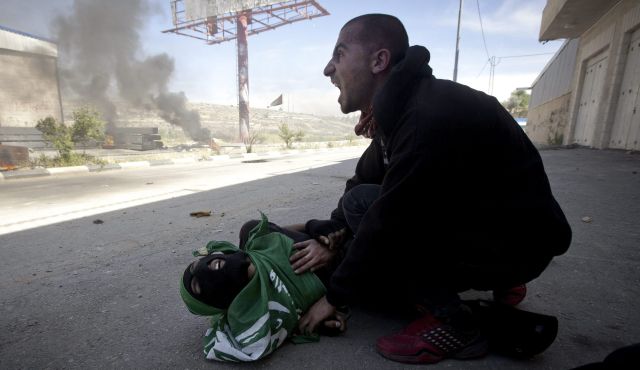Tag: Prisoner
-
Recollection and memory, Al-Nakba continues
15th May 2015 | Karam (Muhannad) | Ofer military prison, Occupied Palestine The following post is written by the medic that was present on the scene on May 15th 2014, during the killing of Mohammad Odeh and Nadeem Nuwwarah as protesters commemorated al-Nakba near Ofer Military Prison. During Nakba day commemoration, Birzeit’s student council were trying to…
-

Update on urgent call – help Mohammed Abu Rahmah
09th May 2015 | International Solidarity Movement, Ramallah Team | Ramallah, Occupied Palestine UPDATED – On the 20th April, Israeli forces arrested Mohammed Adeeb Abu Rahmah while he was on his way to Mecca. Mohammed is the 19 year old son of prominent Bil’in activists Adeeb Abu Rahmah. Father of nine, Adeeb was sentenced for 18 months…
-

Join The Resistance! Join the International Solidarity Movement in Palestine
In recent months activists on the ground have witnessed an escalation of violence directed at Palestinians. There is an urgent need for international volunteers to support grassroots, non-violent Palestinian popular resistance to the Israeli Occupation.

